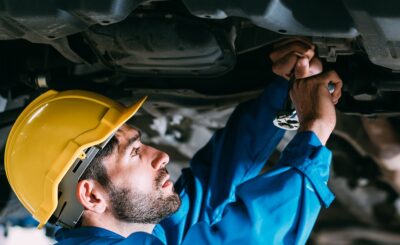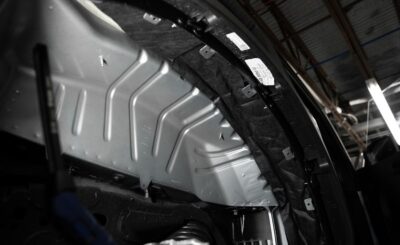Exhaust routing refers to the pathway that exhaust gases follow from the engine, through the exhaust system, and finally to the tailpipe. The design of this route plays a crucial role in the efficiency of your vehicle’s exhaust system. Proper routing ensures that the gases are safely and quickly expelled from the engine, preventing any harmful emissions from re-entering the cabin or the environment. When exhaust routing is done improperly, it can cause issues ranging from minor performance problems to complete system failure.
Consequences of Poor Routing Design
Improper exhaust routing can result in a variety of performance problems for your vehicle. For instance, if the exhaust pipes are routed too tightly or at incorrect angles, it can restrict the flow of gases. This can cause backpressure to build up in the engine, reducing performance and fuel efficiency. Backpressure increases the load on the engine, preventing it from operating at optimal levels and possibly causing damage to other engine components. Additionally, improper routing may cause the exhaust system to overheat, leading to premature wear and failure of critical parts like the catalytic converter and muffler.
The Impact of Modifications on Exhaust Systems
Many vehicle owners make modifications to their exhaust systems for aesthetic or performance reasons. While custom exhaust systems can improve sound or performance, poor modifications can create long-term issues. For example, cutting or altering exhaust pipes without ensuring proper alignment can disrupt the smooth flow of exhaust gases, resulting in leaks or clogs. Moreover, poorly executed modifications may cause vibration, rattling, or even damage to other exhaust components. If the exhaust routing isn’t done professionally, it may lead to costly repairs down the road. Selection of Auto Repair in Grove City, OH based services is essential here.
Increased Risk of Leaks and Corrosion
Improper routing can also increase the likelihood of exhaust leaks. If the pipes are positioned too close to the ground or have improper fittings, they may rub against other components or the road surface, causing wear or cracks. Exhaust leaks can be dangerous as they may lead to the accumulation of carbon monoxide inside the cabin or damage vital parts of the exhaust system. In addition, misaligned exhaust systems are more prone to rust and corrosion, especially when exposed to moisture or road salts, further contributing to the system’s failure.
Ensuring Proper Exhaust Routing
To avoid the issues caused by improper routing, it is essential to have the exhaust system installed by professionals. Quality exhaust routing requires attention to detail, including proper pipe length, alignment, and clearance. Regular inspections of your exhaust system are also important to catch any issues early, especially if the system has been modified. If you notice unusual noises, reduced engine performance, or signs of exhaust leaks, it’s crucial to have the system checked and rerouted if necessary to prevent further damage.
In conclusion, improper exhaust routing can lead to a host of problems, from poor engine performance to system failure. Ensuring that your exhaust system is properly designed, installed, and maintained is key to extending the life of the system and keeping your vehicle running efficiently.








